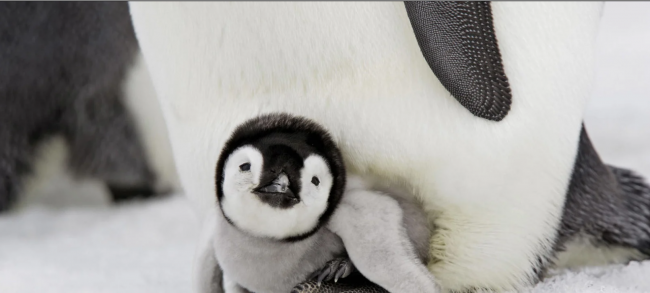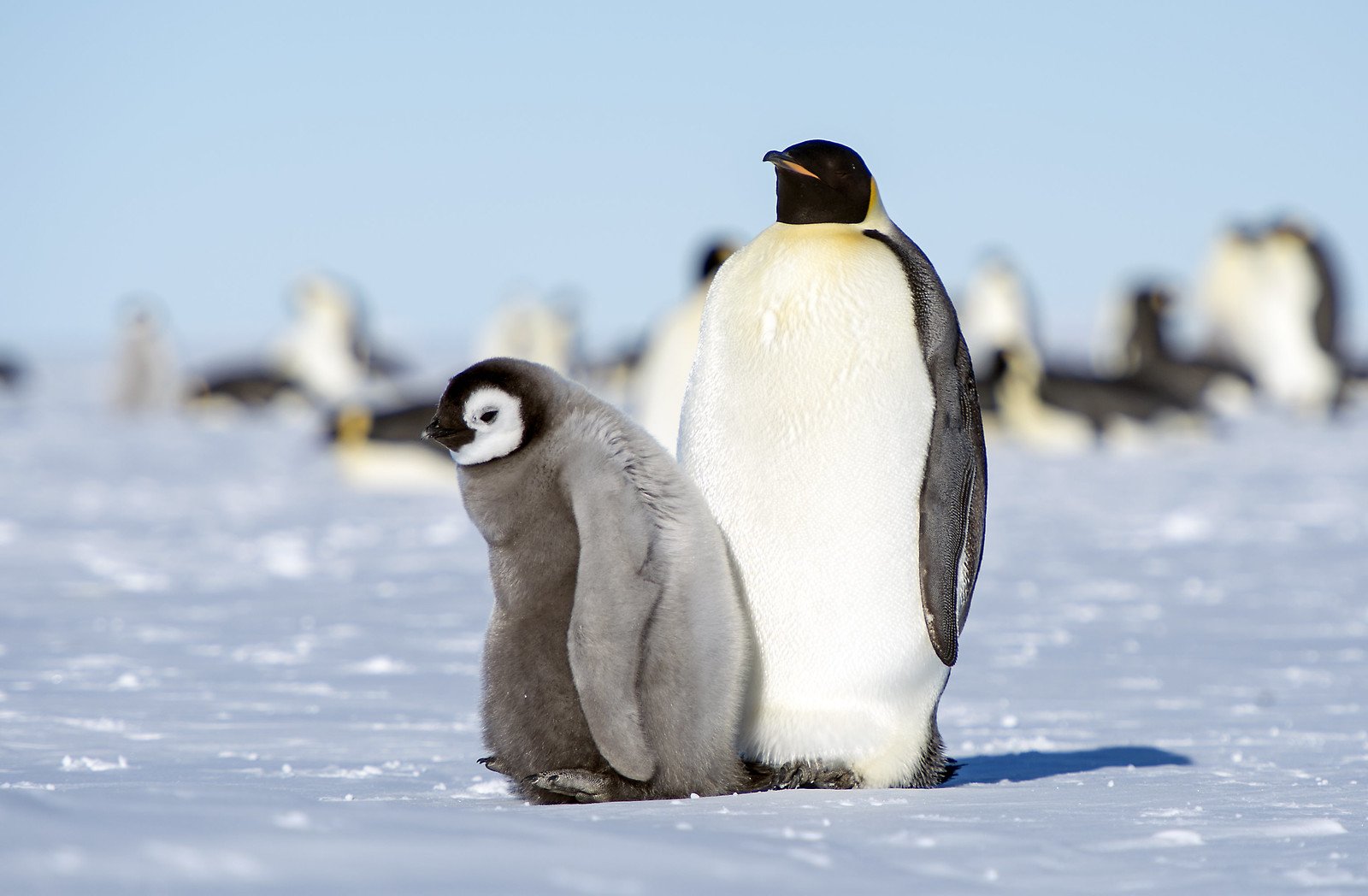Articles Menu

Nov. 2, 2022
This story was originally published by The Guardian and appears here [in National Observer] as part of the Climate Desk collaboration.
The emperor penguin, the tallest and bulkiest of all the world’s penguins, has been officially declared a threatened species by the U.S. government due to the existential risk posed to the birds by the climate crisis.
The penguins, which are endemic to Antarctica, face almost complete annihilation from the loss of sea ice over the course of this century, a situation that prompted the U.S. Fish and Wildlife Service to place it on the endangered species list last week.

“Climate change is having a profound impact on species around the world and addressing it is a priority for the administration,” said Martha Williams, director of the Fish and Wildlife Service. “The listing of the emperor penguin serves as an alarm bell but also a call to action.”
Emperor penguins can stand up to four feet tall and are famed for their extreme parenting methods, with pairs of males and females taking turns to shelter their eggs in brutally cold conditions while the other forages for food. While the penguins have an almost comically ambling gait on land, they are skilled operators on the sea ice and water where they hunt for fish and crustaceans.
The waters around and beneath the sea ice are important to the penguins as an area for feeding and the ice itself is essential as a place for the animals to rest, to shelter during their annual molt and to escape from predators. But the loss of sea ice, due to global heating, threatens the habitat of these penguins, while ocean acidification is diminishing the supply of krill, a key food source.
The changes underway in the Antarctic threaten a regular repeat of situations such as the recent collapse of the second-largest known emperor colony when more than 10,000 chicks died in 2016 in Halley Bay after sea ice broke up early. The chicks were not yet ready to swim properly and drowned. The colony has yet to recover.
The emperor penguin colony population at Point Géologie, which was featured in the film March of the Penguins, has declined by nearly 50 per cent since the 1970s.

These sorts of disasters are set to cause a 99 per cent decline in the total emperor penguin population by the end of this century, compared with its historical size should planet-heating emissions not be drastically reduced, researchers have found. The penguins are not able to adapt in time to the pace of change in their environment.
#EmperorPenguins listed as #endangered by #US because of #ClimateCrisis. #ClimateChange #Antarctica #SeaIce - Twitter
While no emperor penguin in the wild lives on U.S. territory, the new endangered species listing should push forward international conservation measures for the species, help reduce industrial fishing that depletes the penguins’ food source and place scrutiny on American sources of greenhouse gases that are causing the melting of polar ice.
The U.S. government has previously listed the polar bear, the ringed seal and various species of coral on its endangered species list due to the threat of the climate crisis.
“This is a big win for these beloved, iconic penguins and all of us who want them to thrive,” said Shaye Wolf, climate science director at the Center for Biological Diversity.
“At the same time, this decision is a warning that emperor penguins need urgent climate action if they’re going to survive. The penguin’s very existence depends on whether our government takes strong action now to cut climate-heating fossil fuels and prevent irreversible damage to life on Earth.”
[Top photo: An emperor penguin shelters its chick at Snow Hill Island, Antarctica. Photo by sheilapic76 / Flickr (CC BY 2.0)]